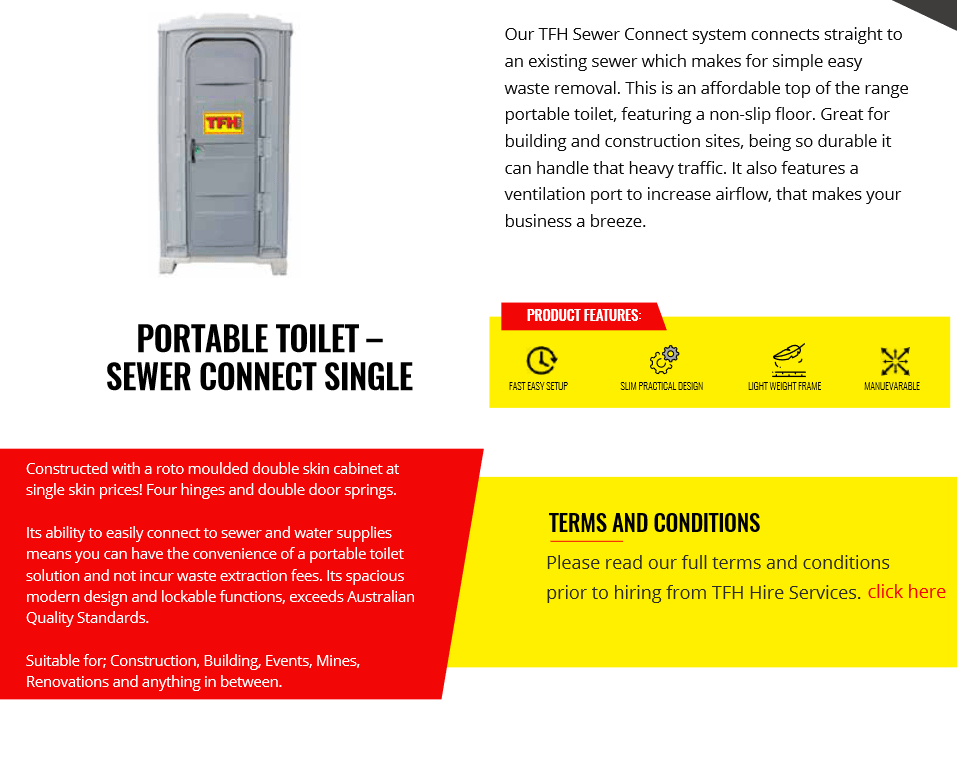8 Simple Techniques For Reclaim Waste
8 Simple Techniques For Reclaim Waste
Blog Article
Excitement About Reclaim Waste
Table of ContentsAn Unbiased View of Reclaim WasteNot known Details About Reclaim Waste The Best Strategy To Use For Reclaim WasteThe Facts About Reclaim Waste RevealedReclaim Waste Can Be Fun For Anyone
Domestic sewer waste refers to the waste and products from a property septic container. The proper administration and disposal of residential sewer waste require liquid waste to be transferred to a sewage treatment plant where the correct methods and equipment are used to detoxify and dispose of waste.
Business waste often includes possible threats, such as flammable products or a mix of fluid and strong waste products, and calls for an advanced and detailed disposal procedure. The disposal of commercial waste usually involves the filtration of waste before transportation to ensure risk-free and appropriate disposal. Hazardous waste is created from by-products and runoff of industrial processes and manufacturing.
This kind of waste can not use the same sewer management transportation or processes as septic or business liquids. The industrial waste management procedure requires the inspection and testing of fluid waste before it undertakes the disposal process (liquid waste removal melbourne). Runoff waste is the fluid waste that comes from runoff and excess stormwater in extremely booming areas or cities
Drainage waste can trigger contamination and flooding if not taken care of appropriately. Ensuring appropriate waste monitoring can prevent disasters and reduce environmental harm.
The Definitive Guide for Reclaim Waste
Contact PROS Services today to learn more about our waste management and disposal services and the proper ways to take care of the liquid waste you generate.
(https://trello.com/w/reclaimwaste1/)This so-called 'wastewater' is not just a crucial resource but, after therapy, will be released to our land, rivers or the ocean. Used water from bathrooms, showers, baths, kitchen area sinks, washings and industrial procedures is recognized as wastewater.

water made use of to cool down machinery or tidy plant and devices). Stormwater, a form of wastewater, is drainage that flows from farming and metropolitan locations such as roofing systems, parks, yards, roads, courses and rain gutters right into stormwater drains, after rainfall. Stormwater streams without treatment directly to local creeks or rivers, eventually getting to the sea.
Getting My Reclaim Waste To Work
In Queensland, the majority of wastewater is treated at sewer therapy plants. Wastewater is carried from residential or industrial websites with a system of sewers and pump stations, recognized as sewerage reticulation, to a sewage treatment plant. Regional governments construct, maintain and operate most sewer treatment plants. Operators are licensed under the Environmental Management Act 1994 to discharge treated wastewater at an appropriate ecological requirement into rivers.
The Division of Natural Resources recommends city governments concerning managing, operating and preserving sewerage systems and treatment plants. In unsewered locations, local governments may need householders to set up individual or house sewage therapy systems to treat domestic wastewater from commodes, cooking areas, bathrooms and laundries. The Department of Natural Resources authorizes using home systems when they are shown to be efficient.
In some new subdivisions, treatment of some stormwater to eliminate clutter, sand and crushed rock has begun making use of gross contaminant catches. Wastewater treatment takes place in 4 phases: Eliminates solid issue.
Wastewater after that streams into big tanks where solids settle and are removed as sludge. Oil and residue are skimmed from the surface area. Utilizes tiny living organisms called micro-organisms to break down and get rid of staying dissolved wastes and great fragments. Micro-organisms and wastes are integrated in the sludge. Gets rid of nitrogen and phosphorus nutrients that could create algal flowers in our rivers and threaten aquatic life.
The Main Principles Of Reclaim Waste
Nutrient elimination is not offered at all sewage treatment plants because it calls for expensive specialist tools. Clear fluid effluent created after treatment may still contain disease-causing micro-organisms - industrial wastewater treatment.

Most wastewater moves into the sewage system. Under the Act, regional governments administer authorizations and Web Site permits for environmentally pertinent activities (ERAs) involving wastewater launches that may have a local impact.
The Best Strategy To Use For Reclaim Waste
Otherwise, examples are considered lab analysis. Frequently many examinations are required to develop the levels of each of the different pollutants such as oils, hefty steels and pesticides in water. Monitoring provides valid details regarding water quality and can validate that licence problems are being satisfied. The details obtained via monitoring offers the basis for making water high quality choices.
Report this page